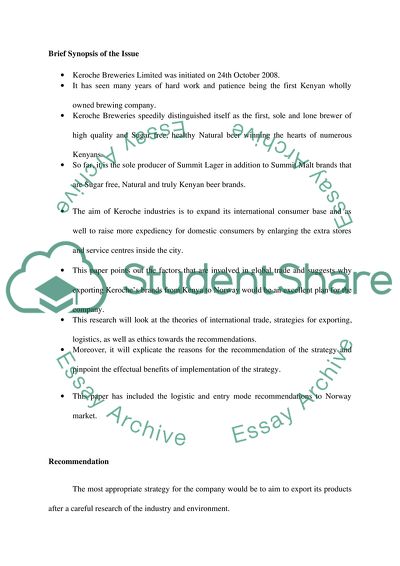Cite this document
(Develop an Export Strategy for an Organisation Research Paper - 3, n.d.)
Develop an Export Strategy for an Organisation Research Paper - 3. https://studentshare.org/marketing/1877348-develop-an-export-strategy-for-an-organisation
Develop an Export Strategy for an Organisation Research Paper - 3. https://studentshare.org/marketing/1877348-develop-an-export-strategy-for-an-organisation
(Develop an Export Strategy for an Organisation Research Paper - 3)
Develop an Export Strategy for an Organisation Research Paper - 3. https://studentshare.org/marketing/1877348-develop-an-export-strategy-for-an-organisation.
Develop an Export Strategy for an Organisation Research Paper - 3. https://studentshare.org/marketing/1877348-develop-an-export-strategy-for-an-organisation.
“Develop an Export Strategy for an Organisation Research Paper - 3”. https://studentshare.org/marketing/1877348-develop-an-export-strategy-for-an-organisation.


